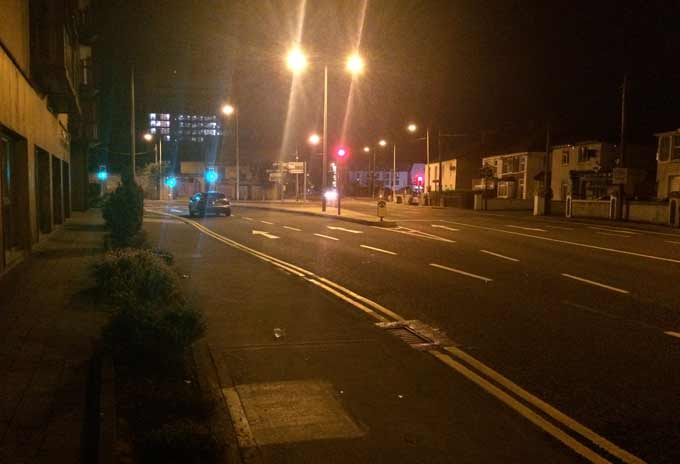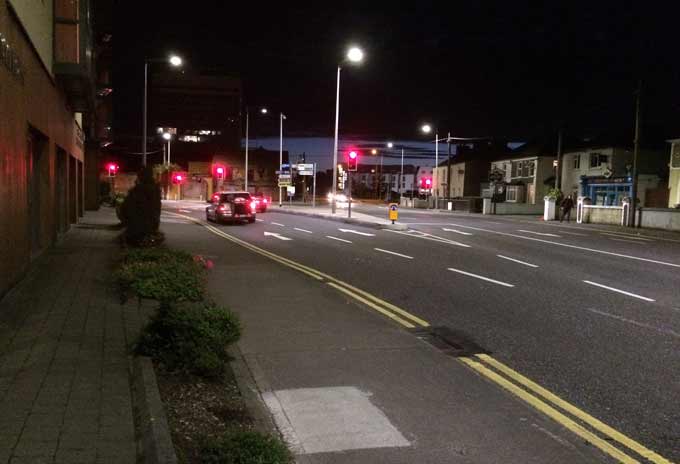
A 'Road Safety Working Together Group' was formed to improve road safety across Cork City & County.
The Group published the Cork Road Safety Plan 2022 - 2030. The aim of this is to work towards the national target of Vision Zero road deaths by 2050, the plan has input from both Cork local authorities, the Gardai, TII, HSE, and the fire service
The objective of the group is to make Cork roads safer for all road users.https://publications.corkcity.ie/view/800313169/
These are engineering projects that aim to introduce some physical measures to improve safety, e.g. reconfiguration of the pedestrian crossing at Victoria Cross, the introduction of pedestrian crossings on Blarney Road


Speed limits are set in accordance with government guidelines. Most of the city has a speed limit of 50kph. However, some of the streets in the core of the
City Centre form a 30kph zone.
In addition over the last number of years, residential areas have been identified where it has been appropriate to reduce the speed in these areas to 30kph. The current list of 30kph streets is available here and this list is reviewed annually. Further information on speed limits can be found on speedlimits.ie
Driver feedback signs are used to encourage drivers to adjust their speed to suit the road conditions and environment.
These signs are used at locations where there is a perception of speeding or a history of collisions. Signs will only be placed on roads with a distributor function that are not suitable for consideration for the 30kph reduced speed limit.
The guidelines for setting and managing speed limits state that for locations where the speed limit is being exceeded, the signs are most effective for the first few weeks after installation. Therefore the driver feedback signs are rotated signs across a number of sites.
For more info: